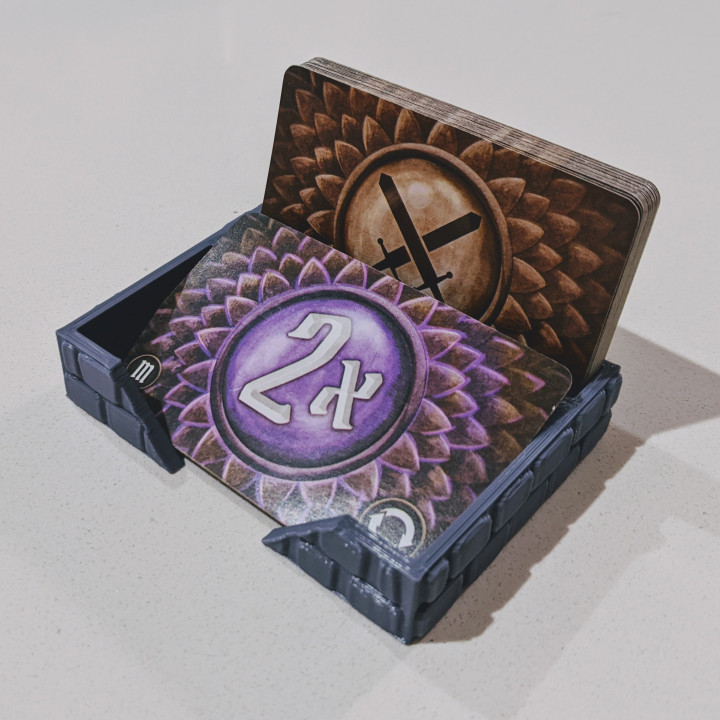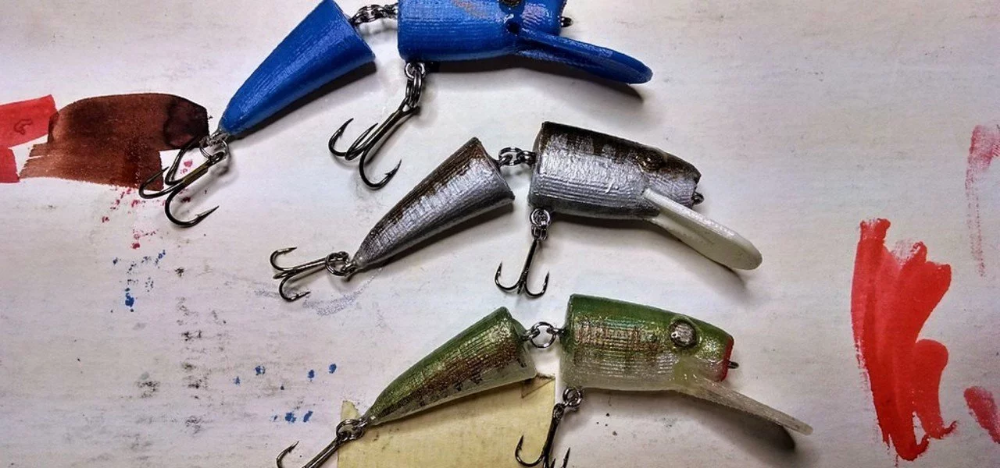3D printing with polypropylene
Ultimate Materials Guide - 3D Printing with Polypropylene
Overview
Polypropylene is a semi-rigid and lightweight material that is commonly used in storage and packaging applications. The semi-crystalline structure of the material causes the 3D printed parts to heavily warp upon cooling, making it challenging to 3D print. Polypropylene is tough and has a good fatigue resistance making it ideal for low strength applications like living hinges, straps, leashes, etc. A few manufacturers have even created polypropylene blends that have improved toughness making it suitable for practical use. The tips in this article will cover all the different types of polypropylene filaments available for 3D printing.
- Good impact and fatigue resistance
- Good heat resistance
- Smooth surface finish
- Heavy warping
- Low strength
- Difficult to adhere to bed and other adhesives
- Expensive
Hardware Requirements
Before 3D printing with Polypropylene make sure your 3D printer meets the hardware requirements listed below to ensure the best print quality.
Bed
Temperature: 85-100 °C
Heated Bed Required
Enclosure Recommended
Build Surface
Packing Tape
Polypropylene Sheet
Extruder
Temperature: 220-250 °C
No special hotend required
Cooling
Part Cooling Fan Required
Best Practices
These tips will help you reduce the chances of common 3D printing issues associated with Polypropylene such as warping and poor bed adhesion.
Choosing the Right Build Surface
Finding a good build surface can be very challenging when you need to print with Polypropylene. The low surface energy of polypropylene makes it extremely difficult to get good bed adhesion even with heated beds. We have found that polypropylene adheres well only to itself. Thankfully, packaging tape is a readily available surface that is also Polypropylene based, so it can be a great option. A thick strip of packing tape along with a heated bed can greatly improve the success of your first layer with this material. Some packing tapes melt around 90 ºC so it is important to keep the heated bed at a temperature slightly less than the melting point of the tape.
Some packing tapes melt around 90 ºC so it is important to keep the heated bed at a temperature slightly less than the melting point of the tape.
Use Rafts to Protect the Base Layer
Polypropylene prints can sometimes bond too well to the packaging tape on the surface of your bed, which makes it hard to separate the tape from the finished part once the print is complete. This happens because the high temperature of the heated bed allows the tape and the part to slightly fuse together. To avoid this, consider using a raft for your prints. The raft will act as an interface between the hot build surface and the bottom of your part. Once the print is complete, the raft can be discarded, so even if it partially fuses to the tape, this will not affect the final part. Version 4.0 of Simplify3D added several new features that use less time, less material, and create rafts that are far easier to remove, so consider giving this option a try if you are having trouble with the parts bonding to the tape.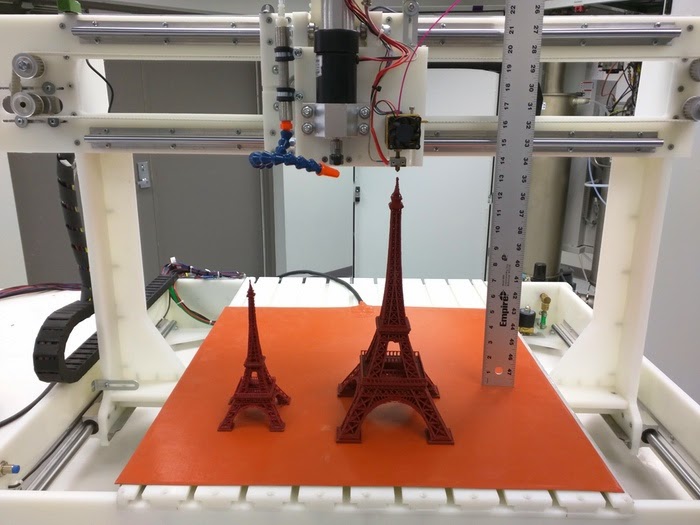
Using a Heated Chamber or Enclosure
Having a good build surface may not be enough to prevent printing issues. Since we know that Polypropylene can warp quite heavily, it helps to have an enclosure of some sort to trap the heat around the print. Using a printer that has a heated chamber will help eliminate warping. Temperatures of 45-60 °C for a heated chamber will usually work well. Having a standard enclosure can also significantly control warping when used with the heated bed, since the bed will help heat the air around the part, which is contained by the enclosure. However, be careful to control the heated bed temperature to avoid damaging the packaging tape as mentioned above.
Pro-Tips
- Although Polypropylene can print well at low temperatures, printing at slightly higher temperatures in the range of 240 ºC can help with adhesion between layers to create a stronger part.
- Consider using a lower temperature for the first few layers of your print to prevent the part from fusing to the build surface.

Get Started with Polypropylene
Now that you understand some of the unique characteristics of this material, you are ready to try your first print. We’ve included a few ideas below to help you get started.
Common Applications
- Living hinges
- Storage containers
- Watch Straps
Sample Projects
- Pebble Watch Strap
- Travel Bottle
- Parts box
Popular Brands
- Ultimaker Polypropylene
- GizmoDorks Polypropylene
- Verbatim Polypropylene
3D Printing with Polypropylene | Leapfrog 3D Printers
Polypropylene (PP) is one of the most frequently used plastics in the world with a wide range of industrial and consumer applications. It is also one of the most challenging materials to 3D print with. However, once mastered, it yields a lot of benefits: PP has advantages over standard filaments like PLA, including its chemical resistance and relative flexibility. It makes this filament benefitial to 3D print with.
It makes this filament benefitial to 3D print with.
COMMON USES OF POLYPROPYLENE
The chemical resistance of PP contributes to a wide range of applications for this material. For instance, the medical industry uses polypropylene containers, since they are able to store substances without contaminating them.
The automotive industry benefits from polypropylene in creating car bumpers. Usage of PP results in cost-efficient and resistant parts, able to withstand bumps and bruises without breaking. Additionally, this makes it extremely applicable to manufacture toys.
It is also FDA approved, thus suitable for the packaging industry. Packages such as bottles of milk made with PP are cheap and durable. The mechanical resistance of Polypropylene is well exemplified by the plastic lids for different candy recipients (i.e., Tic Tac). Its flexural modus prevents the material from breakage while opening and closing it through repeatedly bending.
Switching to Polypropylene is also beneficial for the environment.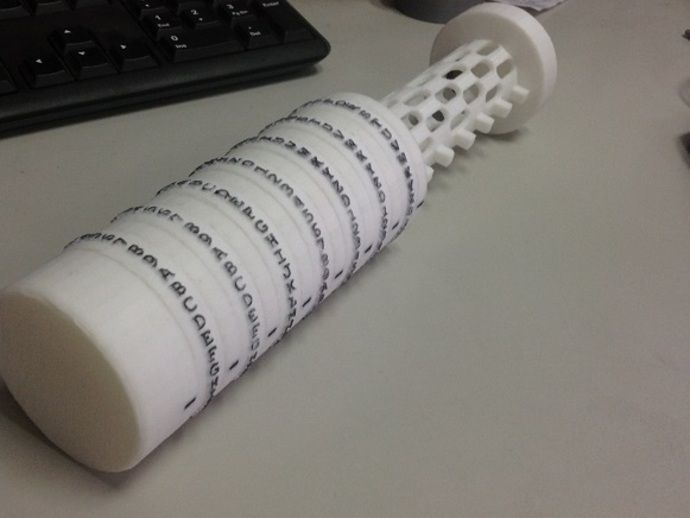 It produces almost no waste and the parts from PP can be recycled multiple times.
It produces almost no waste and the parts from PP can be recycled multiple times.
POLYPROPYLENE PROPERTIES
Polypropylene is one of the most appealing types of plastic in the industry. It has impressive properties, including but not limited to:
- Chemical resistance
Polypropylene is well-known for its ability to survive in such chemical conditions which other plastics cannot stand. It can resist acetone, chloride, boric acid, nickel carbonate, nickel sulfamate, Hydrochloric acid, and other chemicals like acids, alkalis, and organic solvents. It makes the material suitable for applications that require interaction with chemicals.
- More prone to bending & better resist deformation under load than PLA
PP has a larger tendency to bend compared to PLA and it can better resist deformation under load. This allows Polypropylene to be used in conditions that assume additional bending (e.g., plastic lid for Tic Tak).
- Lightweight
Polypropylene has the lowest density out of all commonly used in manufacturing plastics, which makes it very light. Thus, more parts could be produced out from the same amount of PP compared to, for example, PLA.
- Better strength to weight ratio
Although Polypropylene has lower weight, it is prone to bending and can withstand higher loads. This combination results in the material having a better strength to weight ratio compared to its counterparts.
- Low melting point
Despite the abovementioned pros of the polypropylene, it still has some pitfalls. The biggest of them refers to its heat resistance. Polypropylene has a low melting point (160 °C) and does not work well in an environment that requires high heat resistance.
WHY IS IT DIFFICULT TO 3D PRINT POLYPROPYLENE?
Why Polypropylene has not yet landed in 3D printing? One of the reasons is mainly because Polypropylene filament proved to be very difficult to print. Most 3D printers find it hard to control the results of PP prints because of the heavy warping that takes place during the printing process. It seems that the structure of the material plays an important role in why the conventional tricks to prevent warping had not worked before.
Most 3D printers find it hard to control the results of PP prints because of the heavy warping that takes place during the printing process. It seems that the structure of the material plays an important role in why the conventional tricks to prevent warping had not worked before.
PLA and ABS are amorphous polymers, whereas Polypropylene is semi-crystalline. This means that the material cools and solidifies differently, resulting in much more stress within the material, which results in warping. Nevertheless, with some knowledge and experience it is possible to master 3D printing with Polypropylene.
HOW TO 3D PRINT PP FILAMENT
There are several important points to consider while printing with polypropylene:
- Stable printing temperature
Polypropylene has a tendency to warp, thus it requires a stable temperature of the printing chamber (highly recommended to have an enclosed chamber) combined with a heated bed and high extruding temperature.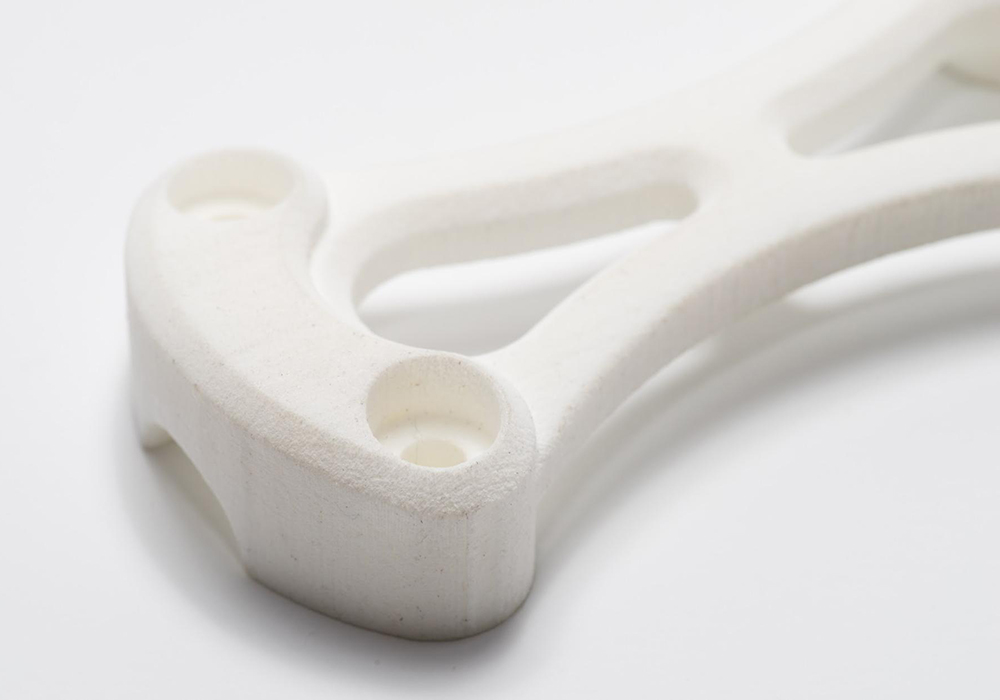 For most plastics (we recommend to use Verbatim), the hot ends could have a temperature of 220°C and the bed temperature of 85°C .
For most plastics (we recommend to use Verbatim), the hot ends could have a temperature of 220°C and the bed temperature of 85°C .
- Consider additional adhesion
As a general rule, polypropylene sticks well to polypropylene. A generic sheet made of polypropylene on top of the printing plate allows a polypropylene print to stick well and prevents warping. A double-sided tape (normally also of polypropylene) could also work as a solution.
- Use printing settings from the manufacturer
Normally, every manufacturer of 3D printer tests all materials their machines can print with and provides their users with the printing settings. If you do not have too much experience with 3D printing, it would be easier to choose the settings provided by the manufacturer. For example, using this link you can download our setting for Polypropylene that we recommend with the Bolt Pro.
A hint: when it comes to 3D printing with Polypropylene, it is important to consider the high quality of your FDM 3D printer and filament you are using.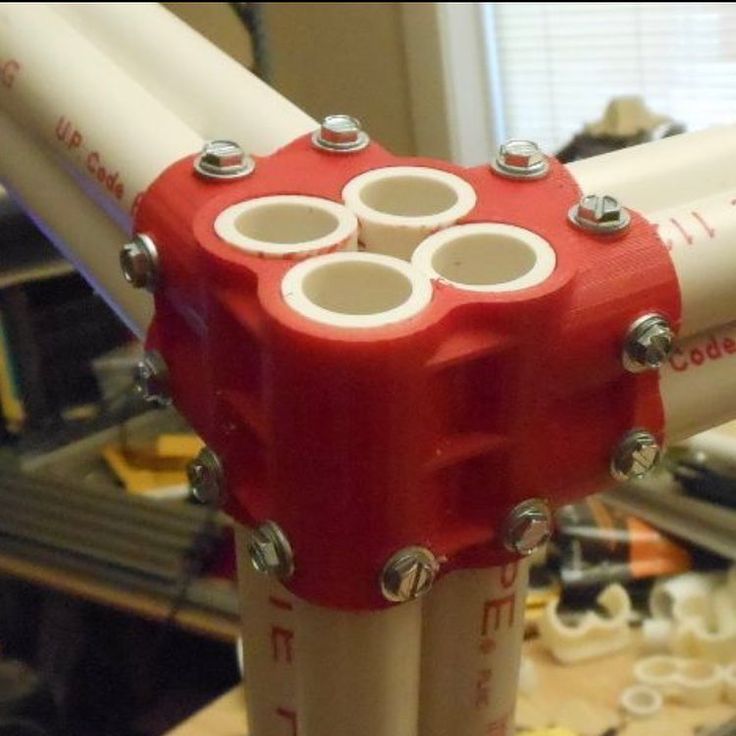 Here at Leapfrog we are working with Verbatim Polypropylene, which combined with our settings gives us great resultcs while 3D printing Polypropylene with the Bolt Pro.
Here at Leapfrog we are working with Verbatim Polypropylene, which combined with our settings gives us great resultcs while 3D printing Polypropylene with the Bolt Pro.
RESISTING CHEMICALS WITH POLYPROPYLENE
We decided to run a test on Verbatim polypropylene that we use at Leapfrog 3D printers. For this test, we have printed with the Bolt Pro two Benchy boats: one using regular blue PLA and the other one using Verbatim transparent PP filament developed by the Mitsubishi Chemical Holdings Group. Because of the closed chamber and heated bed, the Bolt Pro can easily keep track of the temperature of the print, overcoming the challenges with the structure of the material and preventing warping of the print. Combined with the Direct Drive, the Bolt provides optimum control for printing the PP filament. We have tested 3 times, and the third test gave the best results.
After printing, both Benchy boats were put into a liquid until one sink. To make it more interesting, we have used Dioxolane instead of water.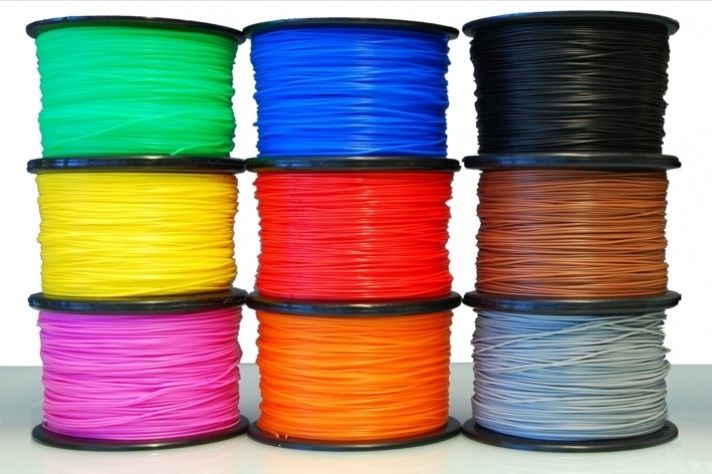 Dioxolane is a chemical solvent often used in coatings, foils/films, paint coatings, paint removers, film coating removers, and general cleaning solvents.
Dioxolane is a chemical solvent often used in coatings, foils/films, paint coatings, paint removers, film coating removers, and general cleaning solvents.
After 2 hours, the first signs of decay of the PLA boat began to appear, while the PP boat was still going strong. It took a bit longer to get the PLA boat to dissolve completely, but the blue color in the Dioxolane clearly showed where the blue PLA Benchy did go.
watch the full video here
THE POTENTIAL OF PP FILAMENTIs PP going to be the next big thing in 3D printing? At the moment PLA still holds the throne. However, we think that it is never good to let one material stay on top for so long.
PLA has its pros and cons, and the development of this filament makes PLA grow as a material as well.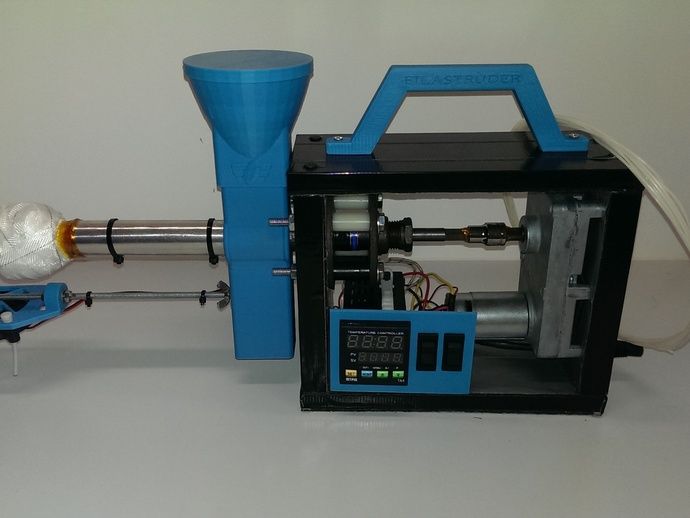 However, Polypropylene enables new possibilities, which is the heart of 3D printing. Better hinging capabilities, better chemical resistance, and a good surface finish; these are the things that will appeal to a lot for unique users and specialized industries. And right now, our unique experience with the Leapfrog Bolt Pro 3D printer feels right at home in these niches.
However, Polypropylene enables new possibilities, which is the heart of 3D printing. Better hinging capabilities, better chemical resistance, and a good surface finish; these are the things that will appeal to a lot for unique users and specialized industries. And right now, our unique experience with the Leapfrog Bolt Pro 3D printer feels right at home in these niches.
Want to see PP prints of the Bolt Pro for yourself? Request a sample on our sample page.
Request a sample
3D printing with polypropylene in Moscow at an affordable price
Flexible and impact-resistant prototypes for a wide variety of industries
A non-toxic plastic that is widely used in structural elements, household items, packaging and containers due to its high resistance to deformation and bending. The material is waterproof, heat resistant and has excellent flexural strength and is completely food safe.
If you need to order a 3D plastic printing service, you can contact our specialists using the link below. nine0005
nine0005
Order service
- Equipment
- Tasks
- Industries
- manufacture of medical instruments
- rapid prototyping
- printing of cases of technical devices and mechanisms
- manufacture of packaging, containers and miscellaneous articles in contact with foodstuffs nine0018
-
Engineering
-
Automotive
-
Medicine
- gas and water pipes; nine0013
- rigid and flexible packaging, cases and containers;
- furniture;
- plastic disposable and reusable tableware;
- buckets, basins, lids, caps;
- cases of household appliances and office equipment;
- car parts;
- toys;
- medical instruments and articles: - disposable syringes, pipettes, test tubes, containers for tablets, containers for samples; nine0012 nonwovens;
- electrical insulating materials.
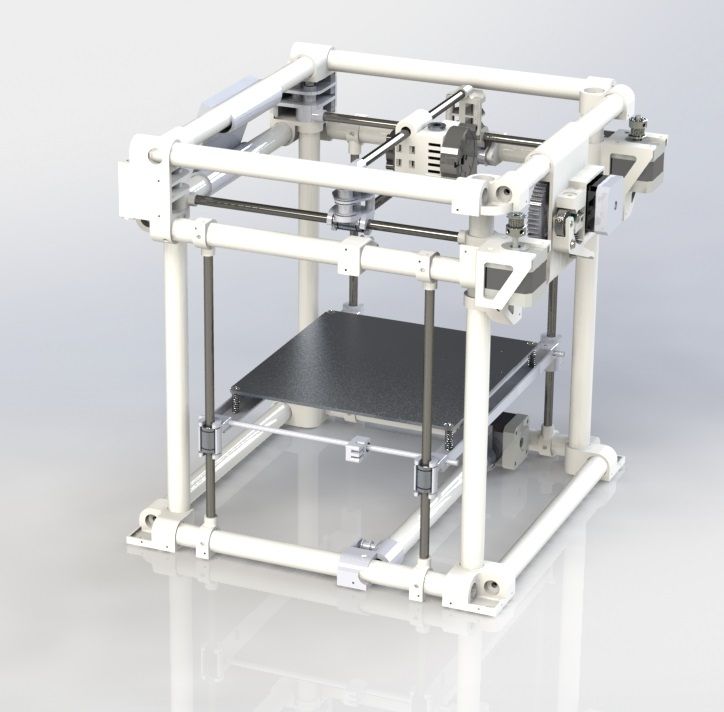
- Homopolymers. Consist of a semi-crystalline (with a well-organized structure) polypropylene monomer (low molecular weight substance involved in the polymerization reaction). Synthetic plastic with this composition is characterized by high specific strength (including when interacting with aggressive chemical compounds), rigidity and good bending strength. To connect it, you can use welding. Products made of such plastic are used in areas that involve a significant load: auto parts, pressure pipes, electrical engineering. However, when exposed to low temperatures, the homopolymer becomes more brittle. nine0013
- Block copolymers. Propylene monomers alternate with ethylene monomers.
 The addition of ethylene can be 5–15% of the total composition. The links are in the correct order. The material is resistant to impacts and low temperatures, easy to process. At the same time, in order to increase the wear resistance of parts made of block copolymers, various modifiers are introduced into the composition. Therefore, PP is suitable for the manufacture of equipment cases, containers, furniture, utensils, as well as packaging of goods that are stored frozen. nine0091 Homopolymers and block copolymers are similar in properties. Melting takes place at temperatures in the range of 135-170 ° C, which is why 3D printing with polypropylene can not be performed on all printers.
The addition of ethylene can be 5–15% of the total composition. The links are in the correct order. The material is resistant to impacts and low temperatures, easy to process. At the same time, in order to increase the wear resistance of parts made of block copolymers, various modifiers are introduced into the composition. Therefore, PP is suitable for the manufacture of equipment cases, containers, furniture, utensils, as well as packaging of goods that are stored frozen. nine0091 Homopolymers and block copolymers are similar in properties. Melting takes place at temperatures in the range of 135-170 ° C, which is why 3D printing with polypropylene can not be performed on all printers. - Irregular copolymers. The difference in the structure of a substance is that it contains randomly arranged comonomer units. The attachment of the monomer to the chain is not affected by specific parameters and conditions. The second element included during copolymerization can be a small amount of ethylene (no more than 1–7%).
 Random copolymers are more flexible and require lower temperatures to melt. nine0013
Random copolymers are more flexible and require lower temperatures to melt. nine0013 - heating plate to 85–100°C;
- extruder temperature 220–250°C;
- closed heat chamber.
- high strength - withstands heavy loads, shocks;
- lightness;
- flexibility - does not collapse during deformations, bends;
- waterproof;
- heat resistance - food contact acceptable, will not melt or release harmful substances when exposed to hot water and in microwave ovens. nine0013
- highly flammable;
- does not tolerate UV light well;
- is difficult to glue;
- has low frost resistance;
- is not compatible with chlorinated solvents;
- oxidizes.
Polypropylene is the second most common polymer in the world. Printing with PP plastic is used when it is necessary to obtain a product with the following characteristics: flexibility, non-toxicity, impact and temperature resistance, resistance to oils and organic solvents. nine0005
It is a durable and flexible synthetic material that meets the requirements of 3D printing technology. It is based on propylene subjected to polymerization using catalysts that determine the structure and properties of the material.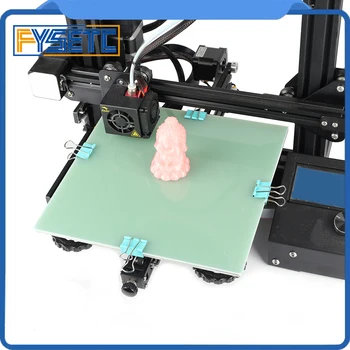 Available in the form of powder or granules, it can be colored and unpainted.
Available in the form of powder or granules, it can be colored and unpainted.
Where PP plastic is used
3D printing with PP plastic is a good way to make a variety of items and parts that a person needs. nine0005
Today PP products are used in industry, everyday life, construction, mechanical engineering. In terms of characteristics, the material successfully competes with PPA. Resin printing is a suitable technology for the production of parts in direct contact with food, life sciences, and bending resistant elements.
The most common polypropylene products:
PP types
Manufacturers produce several types of polypropylene that can be used for printing with PP plastic. Differences in structure and composition determine its properties and characteristics: strength, ductility, melting point. The most common:
3D printer requirements
Printing PP plastic is more difficult than other types of polymers, since polypropylene deforms when heated and cooled rapidly. When printing with plastic, it is necessary to follow the technology of heating and cooling. This is the main problem that arises when printing with polypropylene.
To avoid shrinkage, the printer must be equipped with a special closed chamber that maintains high temperatures. A heated platform helps to avoid too rapid cooling. nine0005
Requirements for a 3D printer:
Such parameters are necessary to carry out 3D printing with PP plastic without shrinkage and increase the strength of the product due to adhesion.
Printing using PP today is possible in Moscow and other cities.
Advantages and disadvantages of polypropylene
Polypropylene is one of the versatile modern plastics. Options for the polymerization process allow you to achieve different characteristics, change its texture.
Advantages:
Flaws:
Polypropylene chemical properties
PP is a semi-crystalline hydrocarbon polymer. Only strong oxidizing agents significantly affect it: nitric fuming acid, halogens.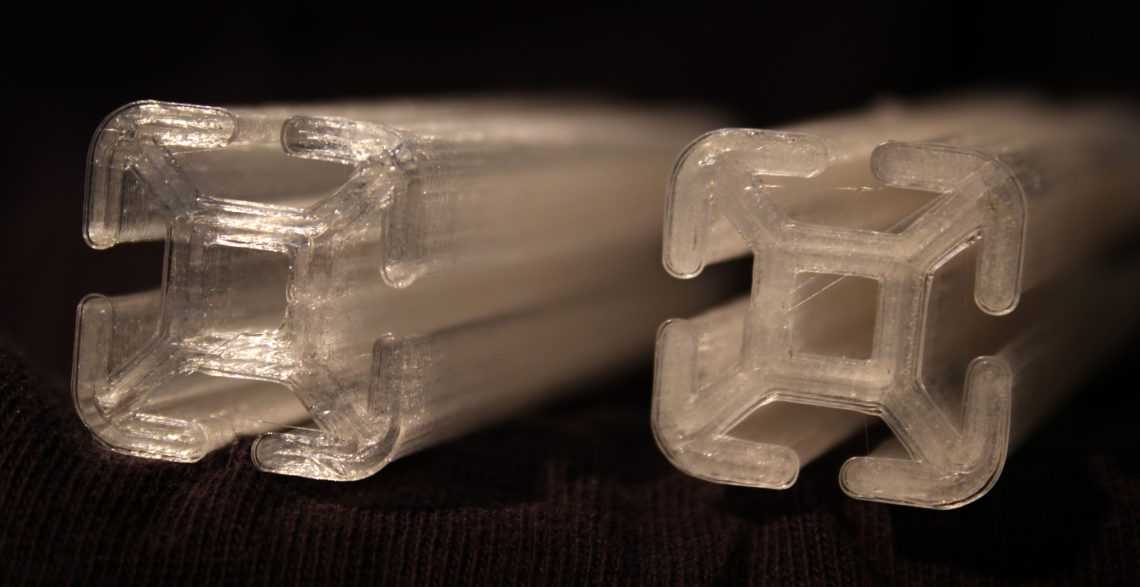 Even concentrated sulfuric acid and hydrogen peroxide do little damage. nine0005
Even concentrated sulfuric acid and hydrogen peroxide do little damage. nine0005
Plastics may swell slightly in organic solvents and dissolve in aromatic hydrocarbons.
Such plastic is resistant to dilute acids, oils, alcohol, alkalis.
Toxicity
The material is non-toxic, decomposes only under the influence of very high temperatures, does not dissolve in hot water.
Mechanical properties
PP is the least dense of all plastics, yet it is hard, heat-resistant and non-corrosive. nine0005
iQB Technologies is a Russian distributor of 3D printers for polypropylene printing from the Italian manufacturer Sharebot. We deliver printers and other ordered equipment in Moscow and other cities of Russia, as well as to the CIS countries.
In addition to 3D printers, we also offer custom 3D printing. We offer it at a bargain price, and our team of 20 experts will advise you on all your questions. We will announce the exact price of the service after the terms, scope of work and other details about the ordered object are known.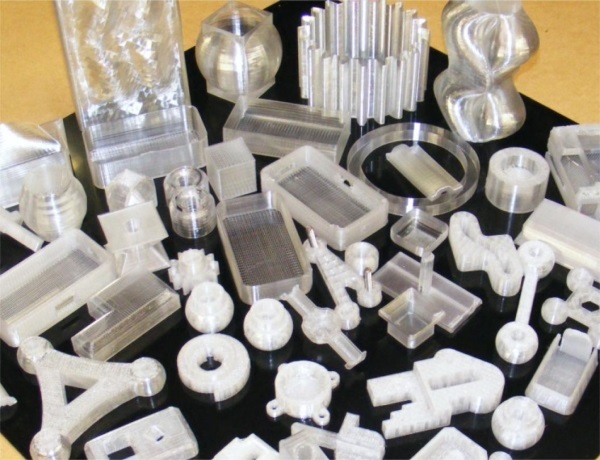 nine0005
nine0005
Glass-Filled Polypropylene
Nova PP-GF 3D Printer Filament, 550 g, on spool
Based on polypropylene reinforced with short glass fibres. Does not absorb water, does not need drying, has excellent chemical resistance. Supplied in coils
1650
p.
| Buy |
| Information |
Filament for Nova PP-GF 3D printer, 550 g
Based on polypropylene reinforced with short glass fibers. Does not absorb water, does not need drying, has excellent chemical resistance. Supplied in skeins.
1600
| Buy |
| Information |
Filament in a skein for Nova PP-GF 3D printer, 250 g
Based on polypropylene reinforced with short glass fiber. Does not absorb water, does not need drying, has excellent chemical resistance. Supplied in skeins. nine0091
Does not absorb water, does not need drying, has excellent chemical resistance. Supplied in skeins. nine0091
| Buy |
| Information |
Filament for Nova PP-GF 3D printer, 50 g
Based on polypropylene reinforced with short glass fiber. Does not absorb water, does not need drying, has excellent chemical resistance. Supplied in test rolls.
| Buy |
| information |
Filament for Nova PP-GF30 3D printer, 600 g
Based on polypropylene with a high content of short glass fibers 0.4-0.6mm. The material is tough and durable. Tensile strength and stiffness are 1.5 times greater than Nova PP-GF. Supplied in coils.
1950
| Buy |
| Information |
Filament for Nova PP-GF30 3D printer, 600 g
Based on polypropylene with a high content of short glass fibers 0.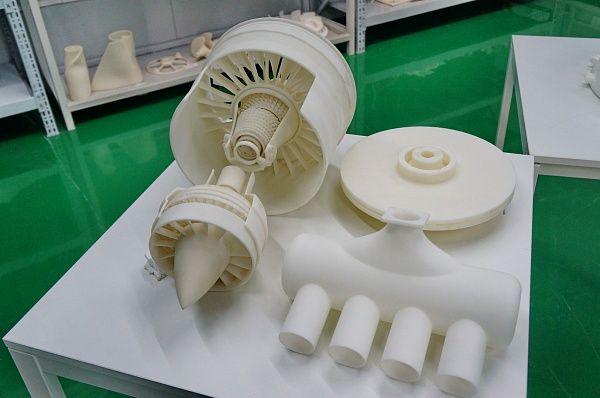 4-0.6 mm. The material is tough and durable. Tensile strength and stiffness are 1.5 times greater than Nova PP-GF. Supplied in skeins.
4-0.6 mm. The material is tough and durable. Tensile strength and stiffness are 1.5 times greater than Nova PP-GF. Supplied in skeins.
1900
| Buy |
| information |
Filament in a skein for Nova PP-GF30 3D printer, 250 g
Based on polypropylene with a high content of short glass fibers 0.4-0.6 mm. The material is tough and durable. Tensile strength and stiffness are 1.5 times greater than Nova PP-GF. Supplied in skeins. nine0005
| Buy |
| information |
Filament in a skein for Nova PP-GF30 3D printer, 50 g
Based on polypropylene with a high content of short glass fibers 0.4-0.6 mm. The material is tough and durable. Tensile strength and stiffness are 1.5 times greater than Nova PP-GF. Supplied in test rolls.
| Buy |
| information |
Nova PP 3D printer filament, 530 g
Pure polypropylene filament of a specially selected brand for printing.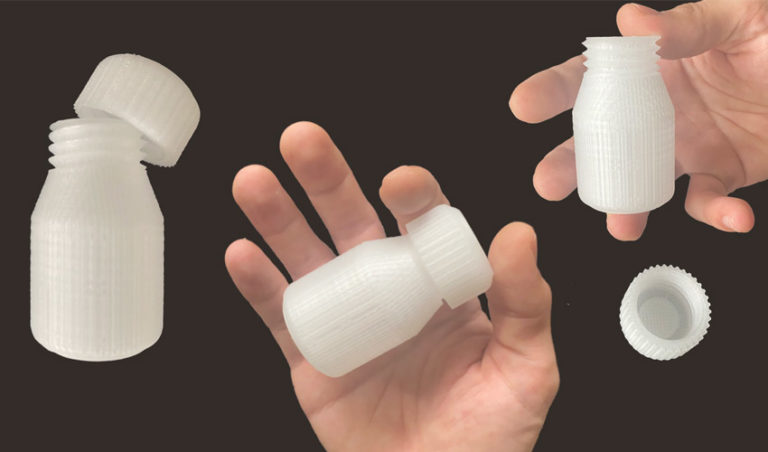 Two colors The material is flexible, impact resistant, chemical resistant and suitable for food use. Supplied in coils.
Two colors The material is flexible, impact resistant, chemical resistant and suitable for food use. Supplied in coils.
1650
| Buy |
| Information |
Filament for Nova PP 3D printer, 530 g
Pure polypropylene filament of a specially selected grade for printing. Two colors The material is flexible, impact resistant, chemical resistant and suitable for food use. Supplied in skeins.
1600
| Buy |
| info |
Nova PP 3D Printer Filament, 250 g
Pure polypropylene filament of a specially selected brand for printing. Two colors The material is flexible, impact resistant, chemical resistant and suitable for food use. Supplied in skeins. nine0005
| Buy |
| information |
Test skein filament for Nova PP 3D printer, 50 g
Pure polypropylene filament of a specially selected brand for printing.




